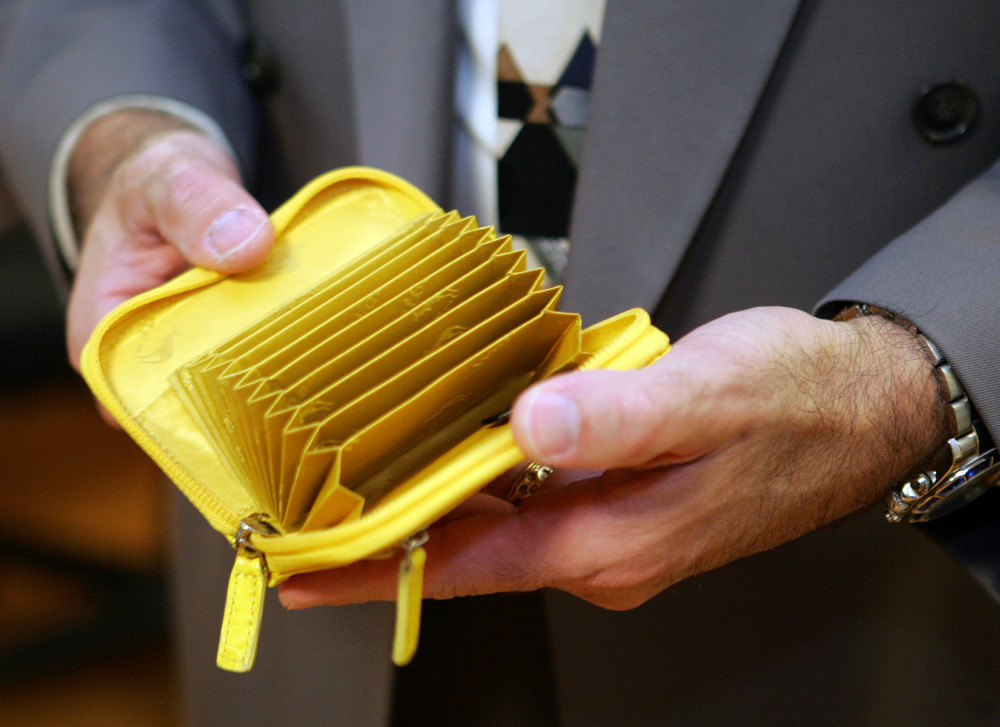By Dana Berberich
Bankrate.com
WWR Article Summary (tl;dr) There are several types of bankruptcies. Dana Berberich of Bankrate.com explains how each one works and what you will need to do if you choose to file.
Bankrate.com
Bankruptcy is a term for a federal court procedure that allows consumers and businesses to rid themselves of most types of debt and/or to repay creditors.
There are different types of bankruptcies, and they are categorized as either liquidations or reorganizations.
Filing for bankruptcy will cost you $275 to $335. There are other fees that may apply. They can be as little as 10 cents for photocopies or as much as $298 to file an appeal.
If you decide to work with an attorney, the cost will be much higher. The average cost in the U.S. for a bankruptcy attorney is $1,250, payable in advance.
If you are able to prove that paying filing fees would cause significant financial hardship, most courts will allow you to pay fees in installments instead of a lump sum.
Here are the 2017 costs for filing the most common types of personal bankruptcy:
-Chapter 7: $335
Chapter 7 is known as straight bankruptcy, complete bankruptcy or liquidation. It is the most common type of individual bankruptcy. When you file Chapter 7, a trustee collects your non-exempt assets to sell them. The trustee then distributes the money to your creditors.
You should consider Chapter 7 if you have absolutely no way of paying back your debts or if creditors are beginning to take court action against you.
Do not ignore billing statements from your creditors, though. Let them know that you intend to file for bankruptcy in case they are in the process of repossessing your car, foreclosing on your home, garnishing your wages or taking some other action to recoup their losses.
-Chapter 12: $275
Chapter 12 bankruptcy is designed for family farmers with a regular income. It allows a debtor to propose a repayment plan over three to five years, and the case is assigned to a trustee who is responsible for overseeing the disbursement of payments to creditors. Farms can continue operating during the Chapter 12 process.
-Chapter 13: $310
Chapter 13 bankruptcy is sometimes referred to as a “wage earner’s plan.” Under Chapter 13, a debtor with a regular income can propose a plan to repay all or part of his debts over three to five years. Chapter 13 offers the opportunity to save a home from foreclosure and may even take care of delinquent payments. However, the debtor must continue to make monthly mortgage payments on time.
Chapter 13 also protects co-signers on loans so that they are not held responsible for debt. Essentially, Chapter 13 is like a consolidation loan in which a debtor makes payments to a trustee instead of a creditor. Then, the trustee distributes the money to creditors.
SPECIAL CONSIDERATIONS
A Chapter 7 bankruptcy will stay on your credit report for 10 years; Chapter 13 bankruptcies for seven years. Even when the situation seems dire, bankruptcy is not the only way out. Here are a couple of alternatives:
-Negotiate your debt. Whether you call your creditors yourself or work with a credit counseling service, most creditors would rather help you come up with a payment arrangement than hear that you are filing bankruptcy. Keep in mind that, when you make a payment arrangement with your creditor and the amount you pay is less than your normal minimum payment, that debt likely will be reported to the credit bureau as late each month. Late payments stay on your credit report for seven years.
-Sell something of value. Artwork, jewelry, a classic car or a home are all things you can sell to pay down debt.














































































































































































































































































































































































